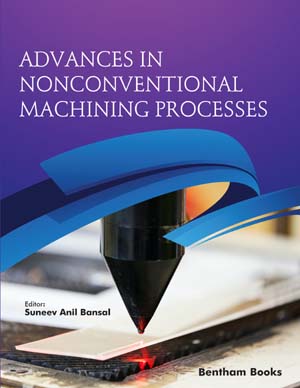Abstract
The actual framework will improve seed or plantation growth by increasing their production, efficiency, and economic benefit. It also allows one to serve nature by overseeing plant growth by balancing the climate. Many methods have shown an important role in the variety of uses, such as medical, security, etc. Farming, remote sensing, market research, etc. The use of automated simulation tools to mimic human visual capacities has proved a dynamic function of smart or precision agriculture. This principle has allowed for the automated control and observation of seeds, planting, disease control, water conservation, etc. to improve seed production and efficiency. In this paper, we reviewed several publications that follow the principle of machine learning, deep learning, soft computing and digital image processing (DIP) approaches for the detection and classification of plant diseases.
Keywords: Deep learning, Digital image processing, Machine learning, Plant diseases, Soft computing.


















